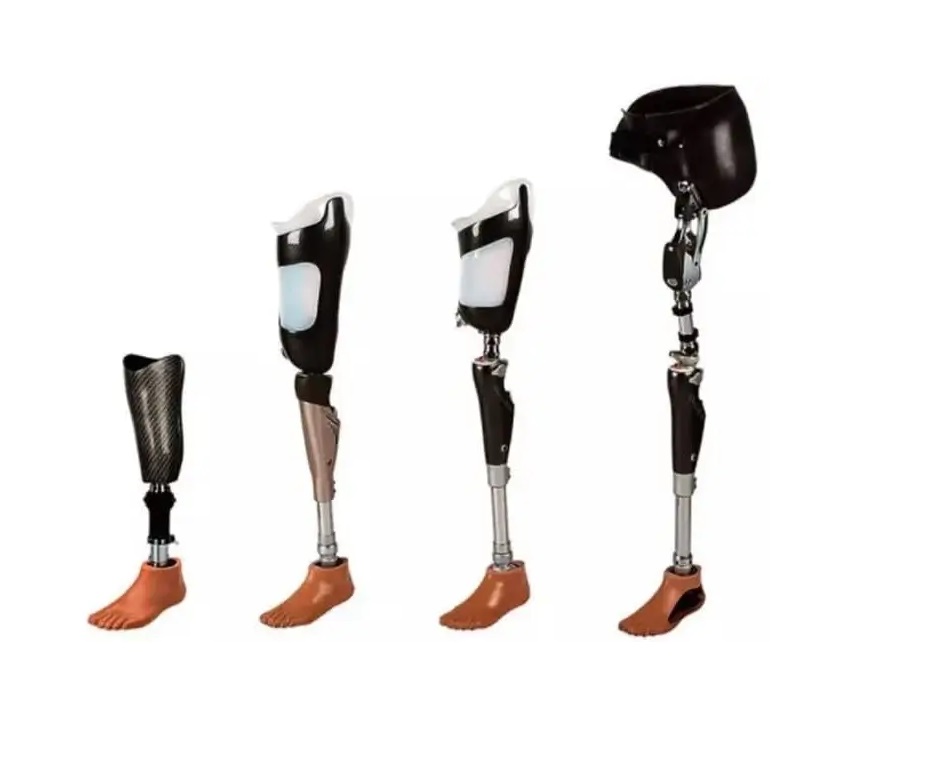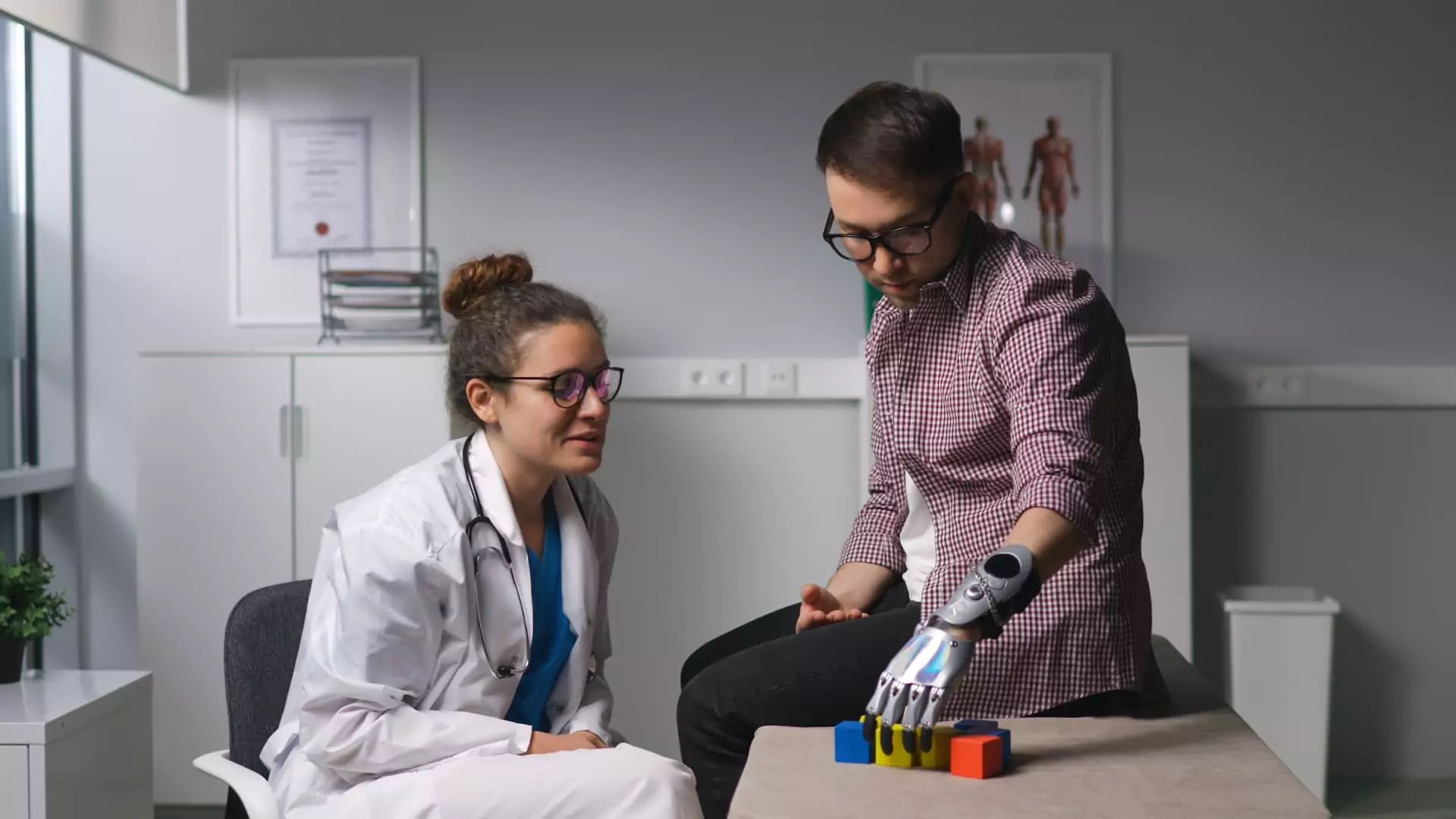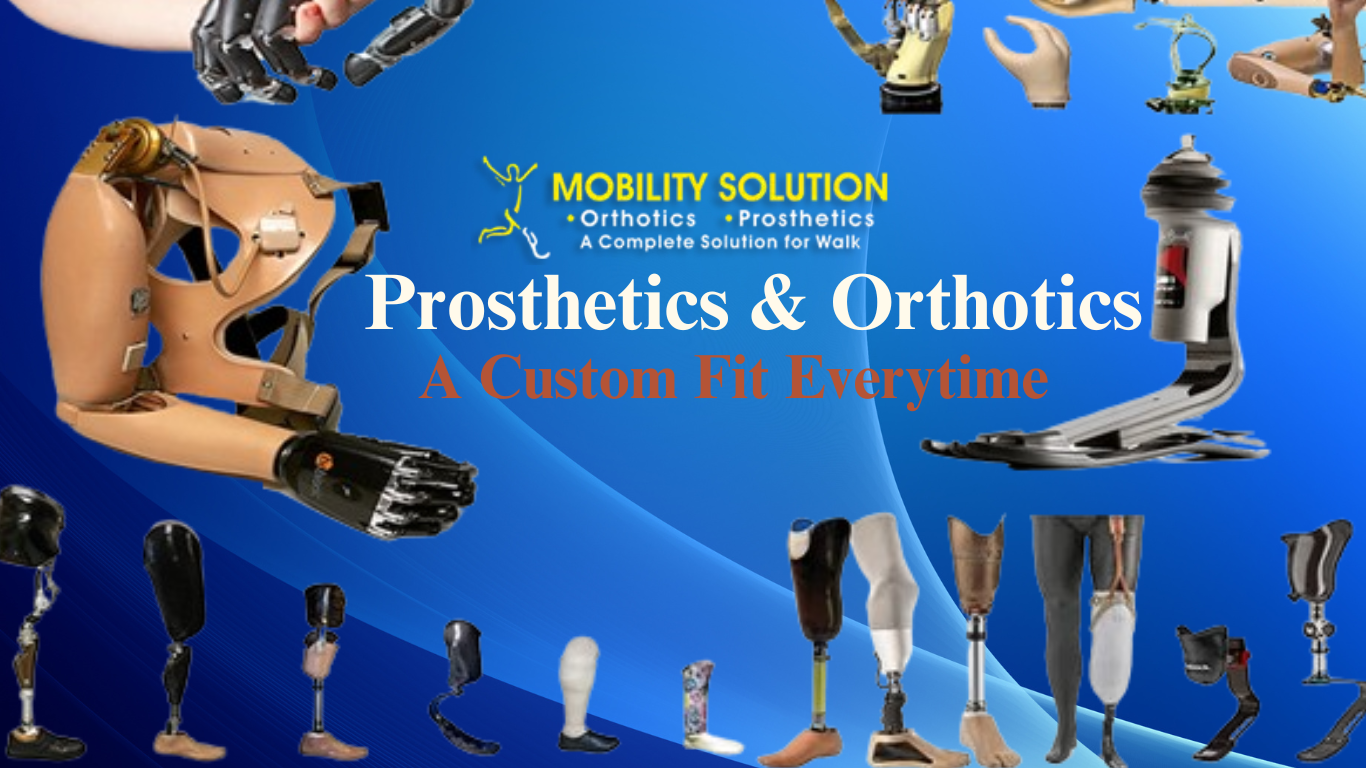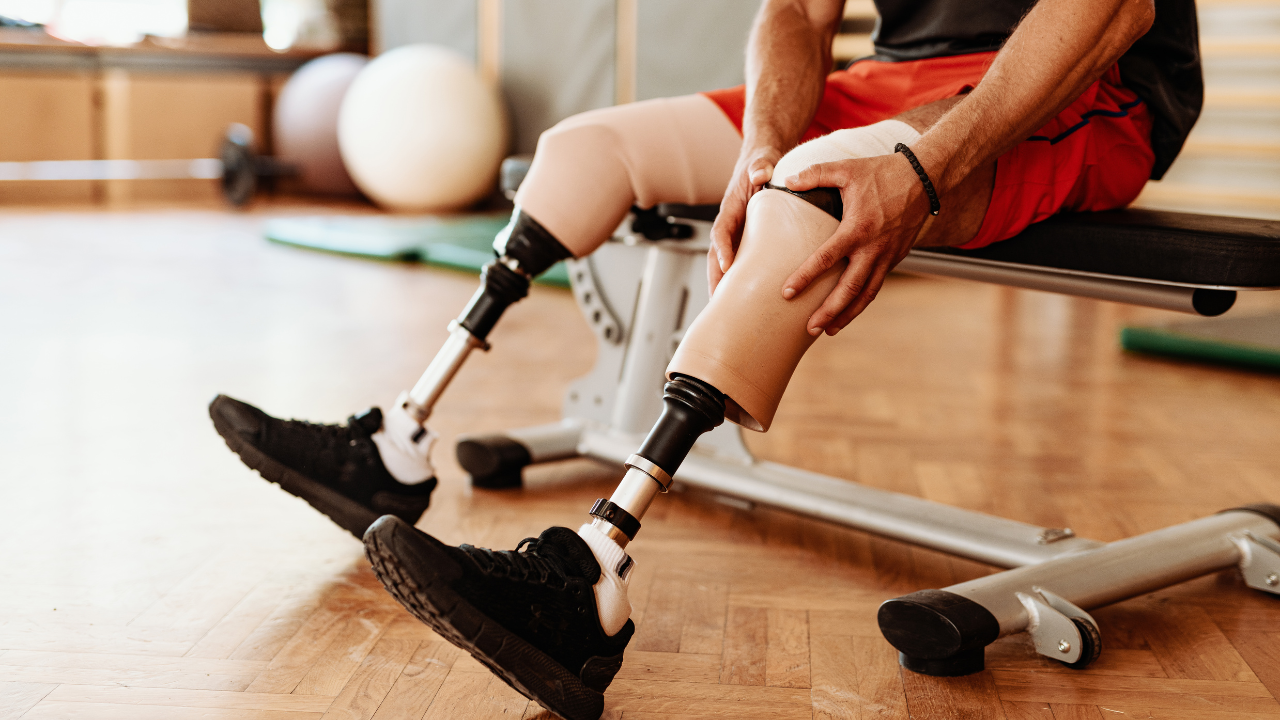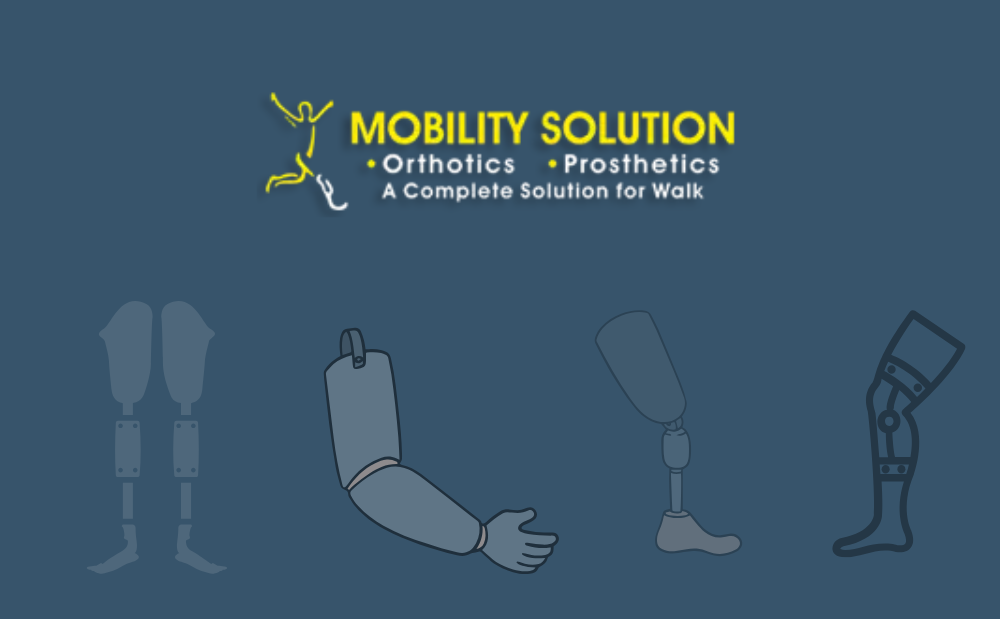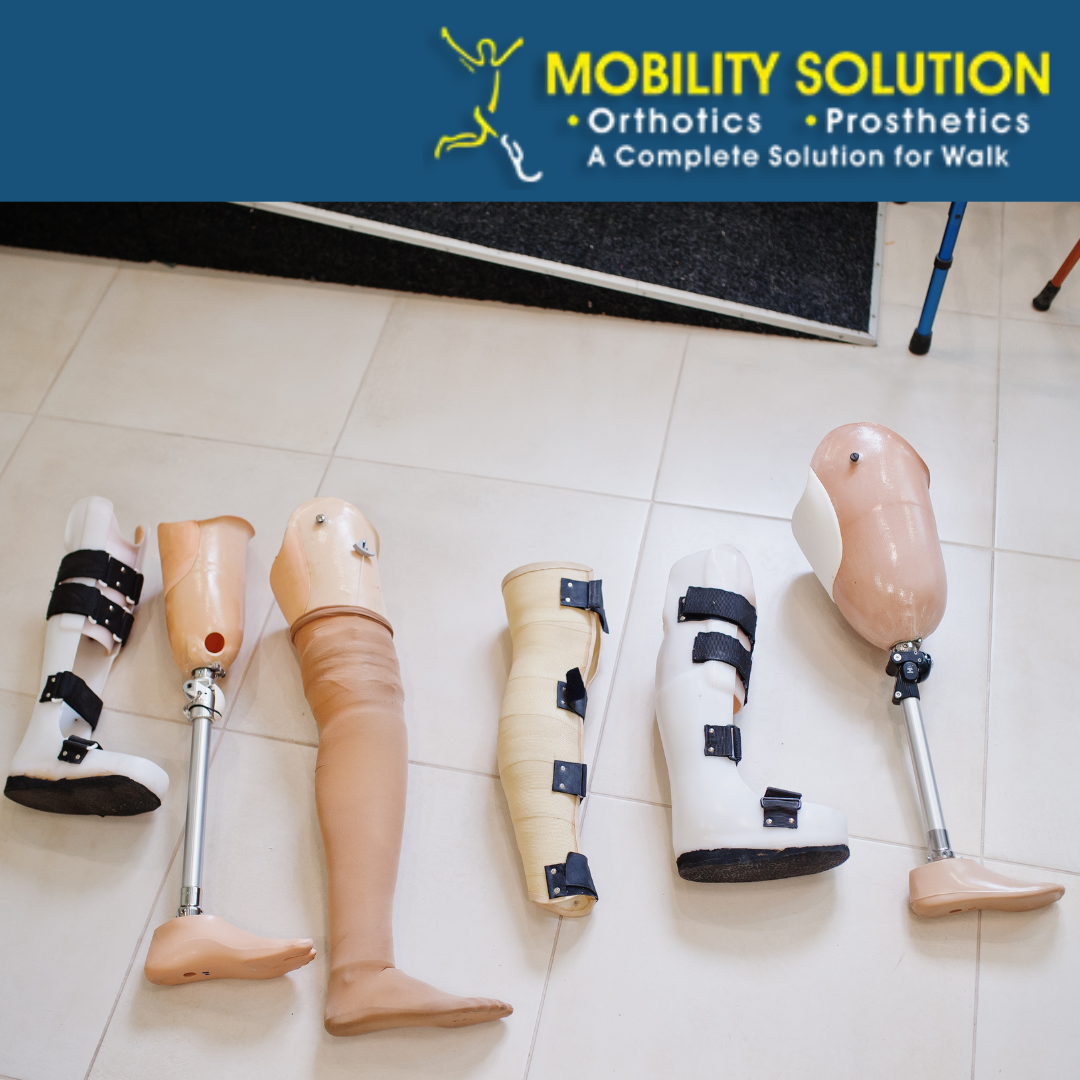- Home
- Orthotic Products
- How the Dennis Brown Splint Helps Correct Pediatric Foot Deformities
How the Dennis Brown Splint Helps Correct Pediatric Foot Deformities
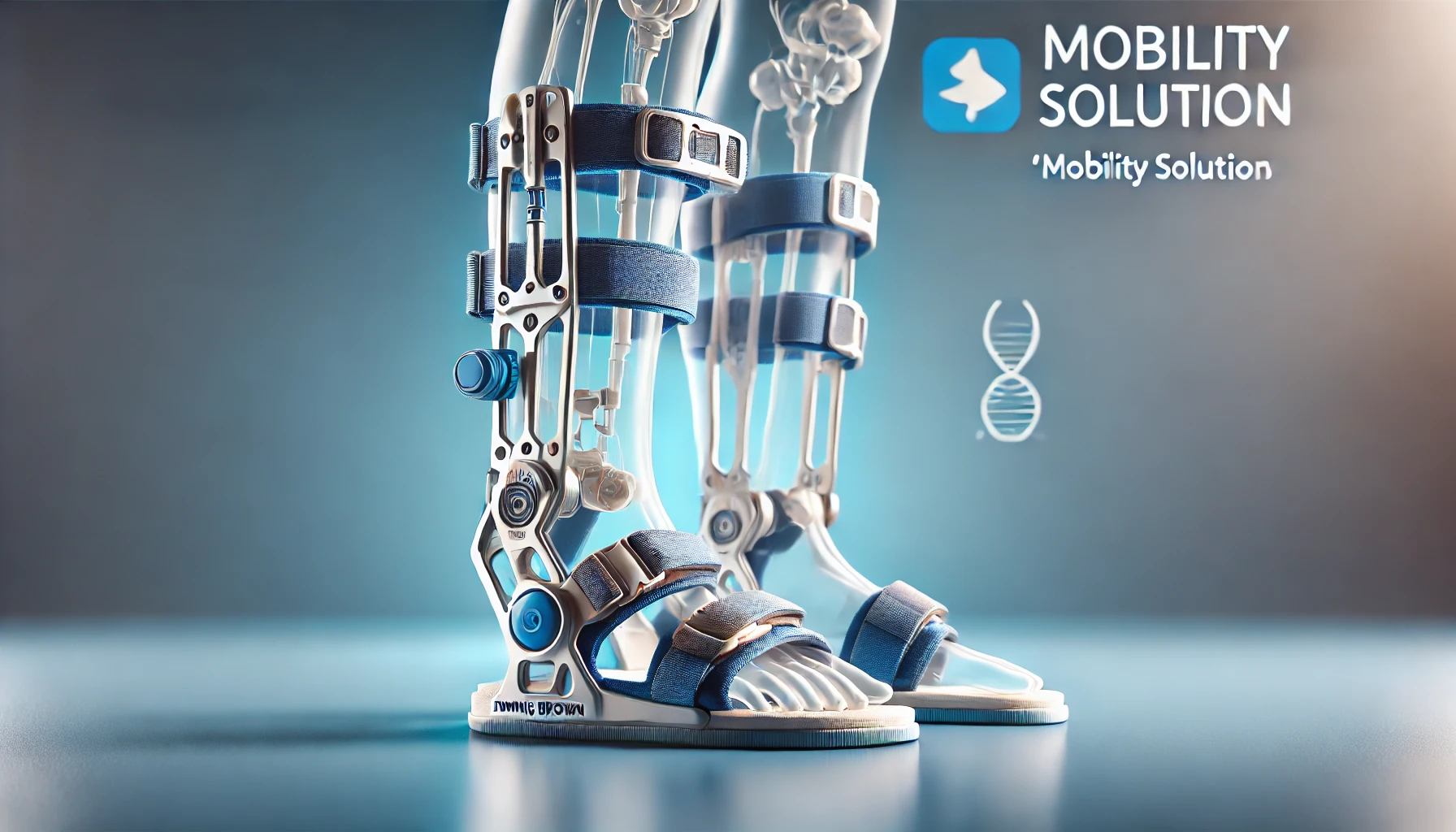
What is the Dennis Brown Splint?
Dennis Brown Splint, or Denis Browne splint, is an orthopedic appliance that holds the corrected foot position of infants with clubfoot and other foot abnormalities. It is a metal bar with shoes on either end to keep the feet properly positioned in order to avoid relapse after treatment.
Definition of Dennis Brown Splint
The Dennis Brown Splint is an adjustable bar with shoes, which is mainly utilized to support the external rotation of the feet following clubfoot correction, allowing proper alignment and preventing recurrence.
- Dennis Brown splint CTEV: An orthopedic appliance for the maintenance of foot alignment in children with Congenital Talipes Equinovarus (CTEV).
- Dennis Brown splint definition: An adjustable metal bar with shoes attached to hold the feet in an externally rotated position after clubfoot correction.
- Denis Browne splint uses: Used mainly for maintenance of correction in clubfoot management, relapse prevention, and normal foot development.
- Dennis Brown splint orthobullets: A widely cited orthopedic device in pediatric orthopedic research and clinical practice.
- Dennis Brown splint indication: Indicated for post-cast clubfoot correction, metatarsus adductus, and other congenital foot anomalies.
- Dennis Brown shoes clubfoot: Custom designed shoes on a splint that holds the position of the foot and facilitates the correction process.
- CTEV Splint: A collective reference to splints employed in Congenital Talipes Equinovarus correction, the Dennis Brown Splint being among the most favored ones.
- Thomas splint: Another orthopedic appliance employed in femur fractures, unlike the Dennis Brown Splint, which is concerned with foot deformities.
Indications for Applying a Dennis Brown Splint
The indication of the Dennis Brown Splint is mainly concerned with post-treatment care for clubfoot and other congenital foot deformities. Some of the major indications are:
CTEV (Clubfoot) correction maintenance – Prevents corrected feet from returning to the deformed state.
Post-Ponseti Method treatment – Employed subsequent to the Ponseti casting method to preserve foot alignment.
Metatarsus Adductus correction – Facilitates control of mild to moderate cases.
Other congenital foot deformities – Aids in keeping the foot correctly positioned during early development.
How the Dennis Brown Splint Corrects Foot Deformities
1. Preserves Corrected Foot Position
- Following an initial correction, like the Ponseti technique for clubfoot, the Dennis Brown Splint maintains the feet in the correct external rotation to avoid relapse.
2. Promotes Correct Bone and Muscle Growth
- By keeping the feet in a fixed position, the splint promotes the natural growth of bones, ligaments, and tendons, allowing them to grow in the right alignment.
3. Prevents Recurrence of Clubfoot
- Research has indicated that regular application of the Dennis Brown Splint is very effective in lowering the incidence of clubfoot recurrence, particularly when applied according to medical prescription.
4. Facilitates Non-Surgical Treatment Options
- For minor deformities of the foot, the Dennis Brown Splint can be employed in combination with physiotherapy to rectify alignment over time without undergoing surgery.
How to Use the Dennis Brown Splint?
Proper fitting of the Dennis Brown Splint is crucial to ensure proper results. Some general guidelines to follow are:
- Ensure Proper Fit – The shoes must fit comfortably tight, and the bar must be fitted to the desired width.
- Position the Feet Correctly – The feet should be rotated externally at a proper angle according to the doctor's suggestion.
- Follow the Wear Schedule – Generally, babies wear the splint day and night for the initial three months following treatment and then at night until they are 4-5 years old.
- Regular Monitoring – Regular visits with a pediatric orthopedic expert keep the splint functioning properly and modifications are made as required.
Dennis Brown Splint vs. Other Splints
Dennis Brown Splint vs. Thomas Splint
While the Dennis Brown Splint is applied primarily to correct CTEV, Thomas splint is a traction splint applied generally to femur fractures. The two are not to be used interchangeably due to their respective orthopedic uses.
Dennis Brown Splint vs. CTEV Splints
Dennis Brown Splint is one of the most popularly used CTEV Splints, but various forms exist according to the nature of the deformity and preference of the doctor.
Where to Purchase Dennis Brown Splint?
In case you need an excellent Dennis Brown Splint, you will be able to access a variety of orthopedic appliances, including Dennis Brown Shoes for Clubfoot, at Mobility Solution. It is important to get a good medically approved and well-designed splint in order to achieve proper treatment.
Conclusion
The Dennis Brown Splint is a must-have in pediatric orthopedics, especially for foot alignment after clubfoot treatment. Its capacity to hold the feet in the proper position greatly minimizes recurrence rates and ensures healthy foot growth. If your child needs a CTEV Splint, visit a pediatric orthopedic expert and use it consistently for optimal results.
Pediatric foot deformities, more commonly known as Congenital Talipes Equinovarus (CTEV) or clubfoot, need to be addressed early to guarantee proper foot structure and functionality. Among the most successful and commonly employed treatment tools is the Dennis Brown Splint (CTEV Splint). The orthopedic device is essential in rectifying foot deformities among infants and toddlers. In this blog, we will discuss the Dennis Brown Splint definition, indications, uses, and how it assists in the treatment of pediatric foot deformities.


